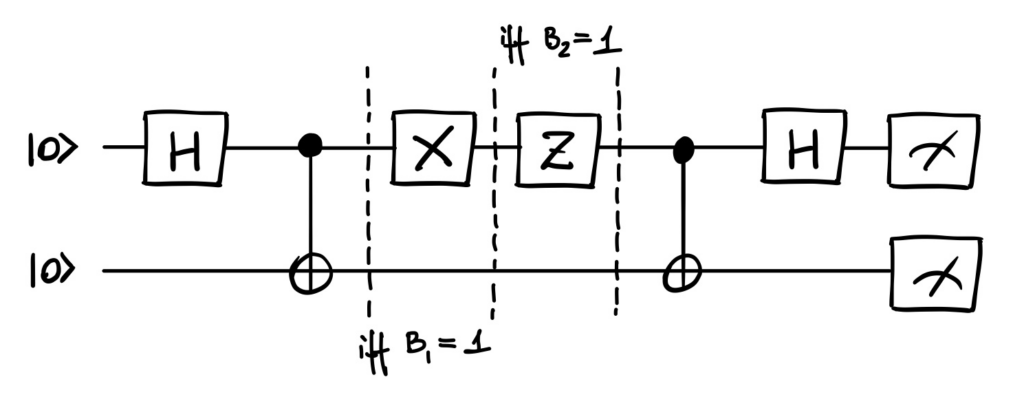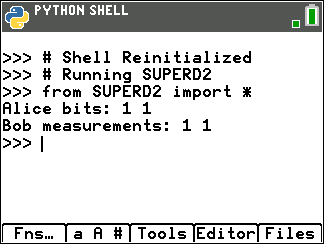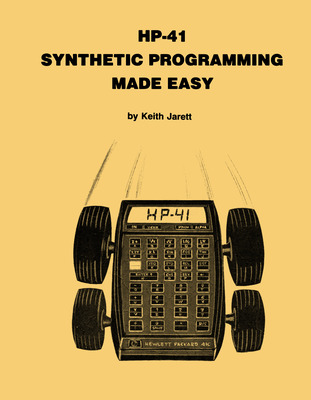How about calling another function:
int foo() {
return 0xFF;
}
int bar() {
return foo();
}
Code snippets:
...
def CC_HP41MCODE : CallingConv<[]>;
...
def SDT_HP41MCODENCXQ : SDTypeProfile<0, -1,
[SDTCisVT<0, iPTR>]>;
def HP41MCODENCXQ : SDNode<"HP41MCODEISD::NCXQ",
SDT_HP41MCODENCXQ,
[SDNPHasChain, SDNPOptInGlue,
SDNPOutGlue, SDNPVariadic]>;
...
def calltarget : Operand;
...
let isCall=1 in {
def NCXQ : HP41MCODEInst<0x001, (outs),
(ins calltarget:$addr),
"?NC XQ $addr",
[(HP41MCODENCXQ
tglobaladdr:$addr)]>;
}
...
NCXQ, // A call instruction.
...
SDValue
HP41MCODETargetLowering::LowerCall(
TargetLowering::CallLoweringInfo &CLI,
SmallVectorImpl &InVals) const {
...
CCInfo.AnalyzeCallOperands(Outs, CC_HP41MCODE);
...
Chain = DAG.getNode(HP41MCODEISD::NCXQ, DL, NodeTys, Ops);
...
return Chain;
}
...
The following assembly is produced:
.file "hello.c"
.text
.globl foo ! -- Begin function foo
.type foo,@function
foo: ! @foo
! %bb.0: ! %entry
LDI S&X HEX: 0FF
RTN
.Lfunc_end0:
.size foo, .Lfunc_end0-foo
! -- End function
.globl bar ! -- Begin function bar
.type bar,@function
bar: ! @bar
! %bb.0: ! %entry
?NC XQ foo
RTN
.Lfunc_end1:
.size bar, .Lfunc_end1-bar
! -- End function
.ident "clang version 20.0.0git (https://github.com/llvm/llvm-project.git ea1dfd50bfdfbd75969fd7653bc71c81f2a2350f)"
.section ".note.GNU-stack"
.addrsig
.addrsig_sym foo






